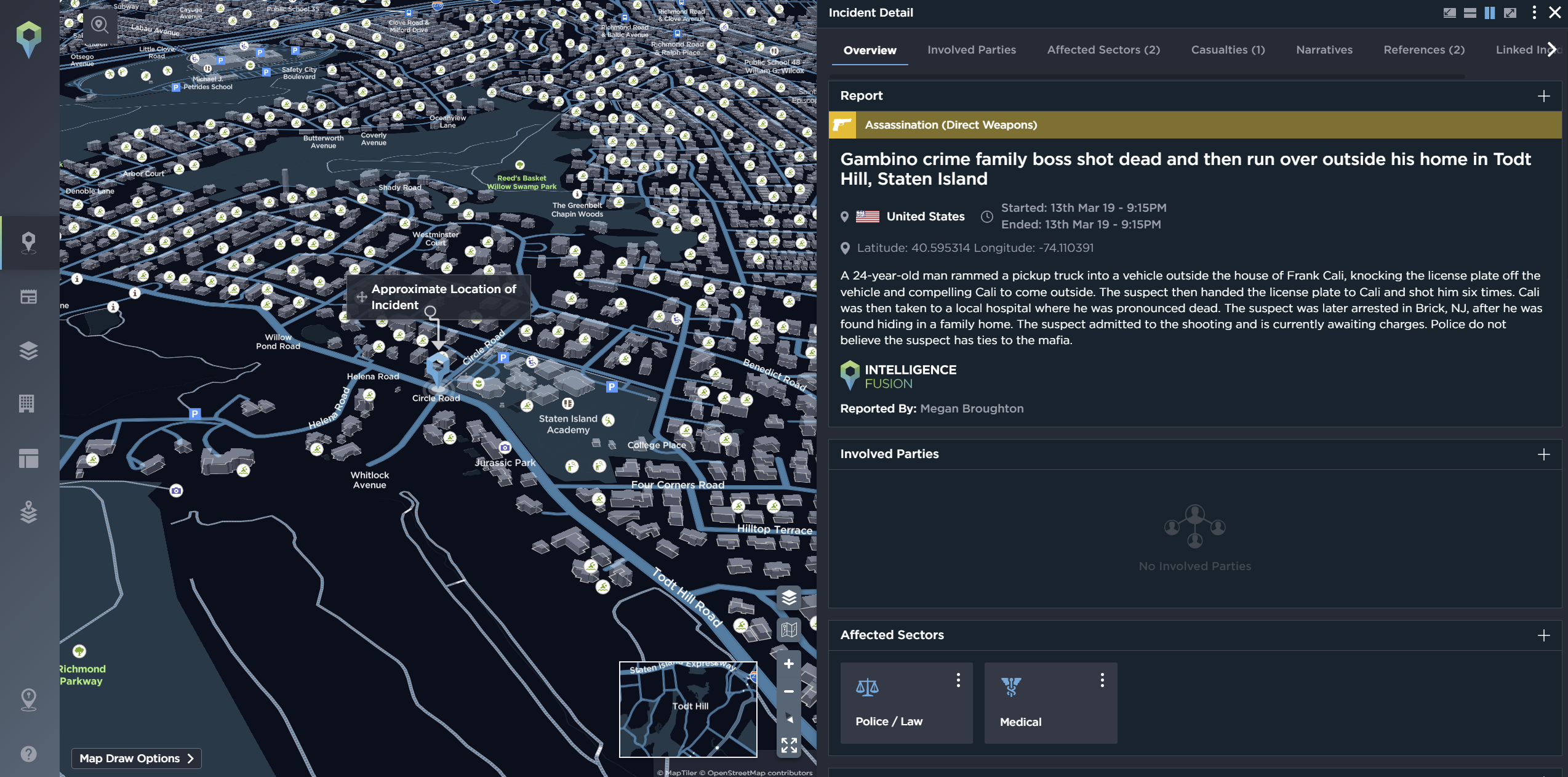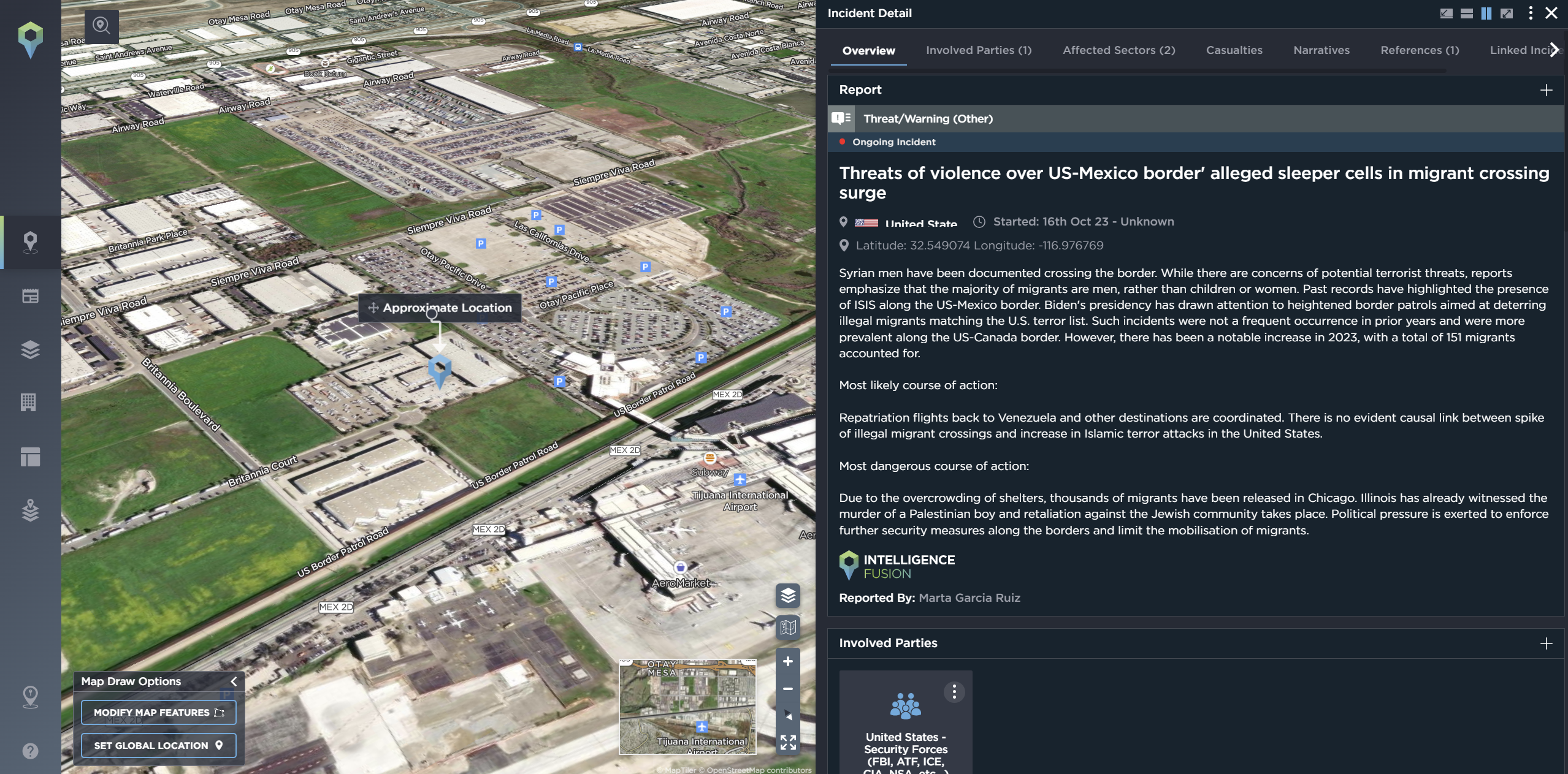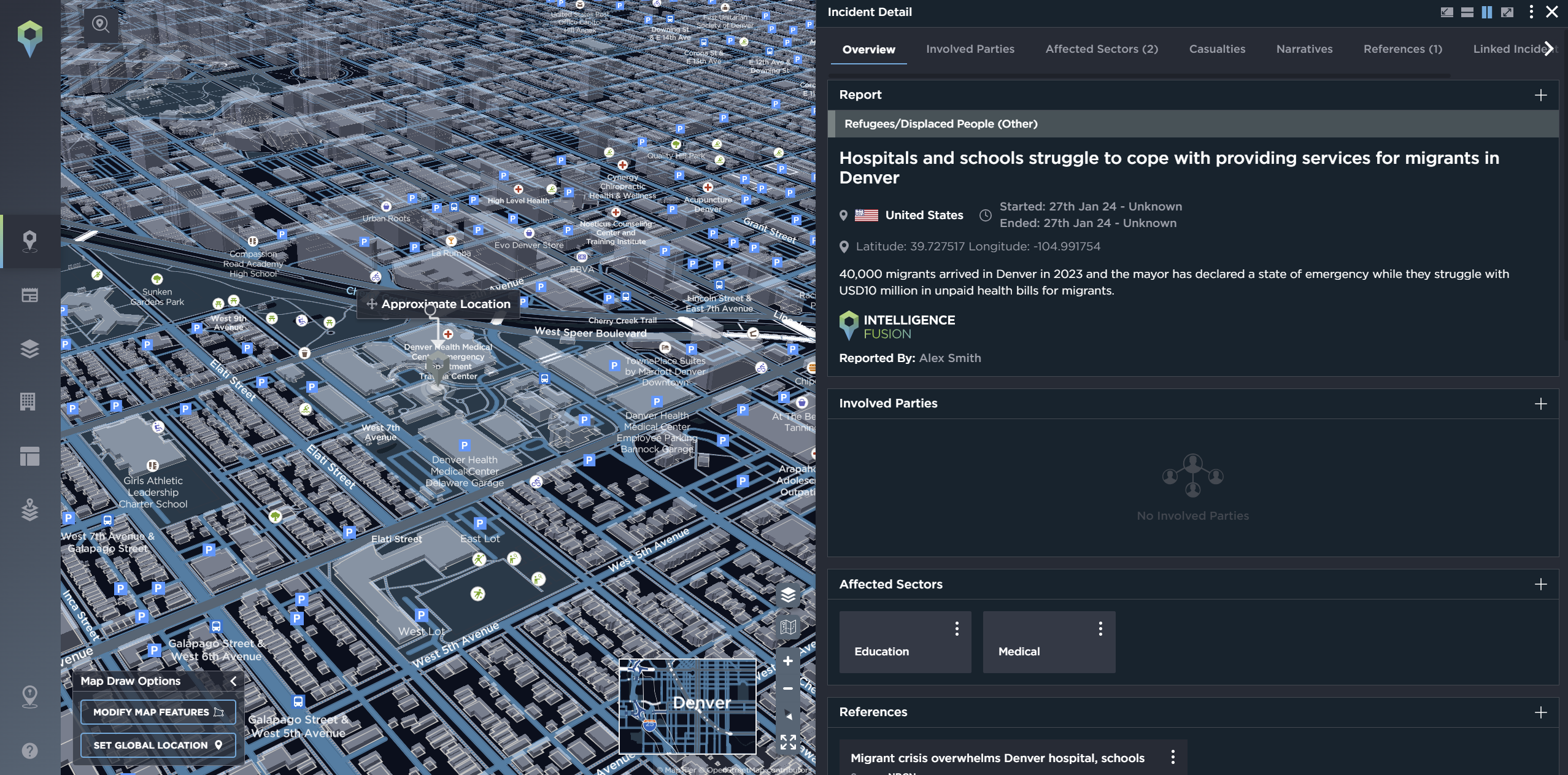Unraveling the Murder Enigma: The alleged spike in US murder rates and the 2024 presidential election
Despite murder rates in the US being comparably higher than in other G7 countries, murder rates in the US are declining. This blog highlights factors such as declines in organized crime and advancements in technology impacting these rates. It discusses how political instability, socioeconomic disparities, and gun laws influence murder rates, challenging simplistic narratives. It also explores the role of misinformation and sensationalism in shaping public perception.
In the United States, murder rates persist at historically low levels in comparison to their peaks during the late 20th century, a trend partially ascribed to the substantial decline in highly organized crime, notably exemplified by the Italian-American Mafia. Despite this encouraging trajectory, the US stands out significantly with regard to its elevated murder rate, which remains notably higher than that of any other G7 country, the primary grouping of advanced democracies.

[Image source: Intelligence Fusion]
Presently, the US murder rate stands at approximately 6 per 100,000 of the population, a figure that has remained remarkably stable since 2000. Conversely, all other G7 member nations exhibit rates that are at least less than half of this figure, often substantially lower. While a temporary surge in murder rates occurred during the COVID-19 pandemic, frequently emphasized by individuals with political motivations, this trend has largely subsided in most major US cities, with a few exceptions.
In 2023, there was a notable decline in homicide rates in the US, marking one of the steepest declines on record. Cities such as Detroit, Baltimore, and St. Louis experienced their lowest murder rates in years or even decades. Despite claims attributing this short-term increase in murder during COVID-19 to criminal justice reforms in “Democrat cities,” murder rates rose similarly in cities governed by both Republicans and Democrats.

Data showing instances of murder in Baltimore (Jan 2022-December 2023) [Image source: Intelligence Fusion]
Reasons for the Sustained Long-Term Decrease in the US Murder Rate since the Late 1980s
The decline of highly organized crime in the US was largely influenced by societal changes, including a reduction in ethnic enclaves and a shift in cultural perceptions toward criminality, eroding the traditional support base of highly organized crime groups. Additionally, diversified economic opportunities diminished the allure of illicit activities controlled by these groups.
Technological advancements, particularly in the implementation of complex DNA analysis in which the US leads globally, have facilitated the apprehension of murderers, even those from decades ago. This has bolstered the deterrent effect against murder, particularly in instances not associated with gangs. Notable decades-old serial killer cases have recently been solved using this technique, such as the so-called “Golden State Killer.” Conversely, technologies aiding murder and evasion of detection within G7 countries have not advanced at a similar pace.
Current Trends within US Organized Crime and its Impact on the Murder Rate
US organized crime, according to US crime experts, resulted in a reduction of murderous power struggles between and within hierarchical criminal groups.
“High-level” organized criminals have become more specialized and autonomous, delegating low-skilled and hazardous tasks to others in a less structured manner than the “classical” hierarchical, Italian-American Mafia. This has inadvertently contributed to the reduction of murder rates, as killings between and within highly organized criminal groups occur at significantly lower rates than their peak in the late 20th century.
Factors Influencing the Sustained Elevated Murder Rate in the US vs Other Advanced Economies
As some Democrats point out, despite the extremely high per capita incarceration rate, the US still grapples with a significant murder rate enigma. Even though its legal system often resembles more punitive ones akin to Russia than any other G7 country.
One prominent explanation is political instability in the US, which significantly influences murder rates, with sentiments toward the government playing a significant role. Confidence in government officials and a sense of societal cohesion are evidenced by academics to lower murder rates by reducing aggression. The elevated murder rate in the US is partly attributed to widespread feelings of alienation and dissatisfaction with housing, access to medical care, government policies, and poverty in general.
For example, cities experiencing a disproportionate number of gun-related homicides, such as Detroit, Baltimore, Philadelphia, New Orleans, Newark, St. Louis, and Chicago, all have a history of disinvestment in black communities, which are less wealthy than other ethnicities. The data revealed that gun-related violence disproportionately affects Black youths, with a firearm homicide rate 20 times higher than that of their white counterparts.

Data showing incidents of riots and security operations involving #StopCopCity, a movement related to police violence against black Americans [Image source: Intelligence Fusion]
This was globally highlighted during COVID-19 in 2020, with the killing of Tyre Nichols, which sparked protests across the nation. This led to a rise in crime in Memphis, where aggressive policing tactics like “Scorpion Units” had been haphazardly deployed, contributing to the militarized policing problem, which increases resentment in such communities towards the government.
The Blue vs. Red State Murder Debate is too Simplistic
Democratic-leaning counties have consistently recorded higher homicide rates than Republican-leaning counties since 2002. Using state-level homicide data to make conclusions overlooks the diverse law enforcement approaches at the county and city levels, which are influenced by varying political actors.
County-level homicide rates especially vary widely within states, with some counties having high rates while many others have low or none. This skew can heavily influence state-level homicide rates, particularly when counties have different political leanings within states that may simplistically be classed as “red” or “blue”. The misnomer that there are simply Biden or Trump states simplifies the complex social landscapes that occur across each individual state in the US.

[Image source: Intelligence Fusion]
However, some conclusions can be drawn which side with the Democrats’ discourse: apart from certain blue cities, the prevalence of red cities and states correlates with lower levels of education and healthcare affordability. Additionally, red states tend to have higher rates of homicide and suicide compared to blue states. Factors such as state policies, rural vs urban, and firearms owned per capita help us understand why Republican-led communities struggle with higher numbers of murders. Even during 2020, nine in ten states with the highest gun mortality rates were Republican and per capita murder rates in Trump states were 40% higher.

Data showing firearm-induced murders in red states from (Jan 2022- Jan 2023) [Image source: Intelligence Fusion]
The city of Chicago, for instance, is known for its strict gun laws and is situated near red states like Indiana and Wisconsin, where gun laws are more relaxed. Questions remain as to whether Chicago’s proximity to states with differing gun laws impacts Chicago’s gun crime rates.

[Image source: Intelligence Fusion]
Mis and Disinformation and the US Murder Problem
False claims by former US President Trump regarding record-high murder rates in New York are prominent in the highly politicized and inaccurate discourse surrounding murder rate discussions in the US, fostering widespread misinformation among the general public.

Incidents depicting security measures or temporary upticks in crime are used to justify the narrative of “record-high murder hits New York” [Image source: Intelligence Fusion]
This significant long-term decline in the US murder rate is evident from the official FBI statistics. Despite these encouraging trends, media sensationalism sometimes perpetuates a narrative suggesting otherwise, erroneously claiming that murder rates in the US are “skyrocketing.” Statistics indicate that murder rates in New York City, for example, are substantially lower still than they were in the late 1980s, dispelling one common misconception about the city’s safety.
Media sensationalism surrounding murder conflicts with public opinions, as according to Gallup, only 3% of Americans see crime as the most pressing issue, a sharp decline from 42% in the early 1990s. In recent years, it has consistently stayed in the low single digits as a concern, contrasting with its prominence in the early 90s.
The Elephant’s Argument Looms Larger
In 1963, historian Richard Hofstadter published an influential essay in Harper’s, proposing that a “paranoid style” frequently manifests in American politics. He referenced instances such as the Anti-Masons of the 1830s and McCarthyism of the 1950s. Presently, analysts often reference this concept to elucidate today’s “Trumpism” phenomenon, where it is often claimed erroneously that crime and even murder are “out of control.”

[Image source: Intelligence Fusion]

[Image source: Intelligence Fusion]
The “paranoid style” could be seen as a lens through which Americans interpret societal issues, including murder rates. Sensationalizing murder rates may stem from a pervasive sense of fear within American culture, leading to an exaggerated focus on the most violent of crimes and its overemphasis in the general political discourse.

For example, the Intelligence Fusion platform shows that only Colorado and New York are facing a migrant crisis affecting their critical infrastructure [Image source: Intelligence Fusion]

[Image source: Intelligence Fusion]



